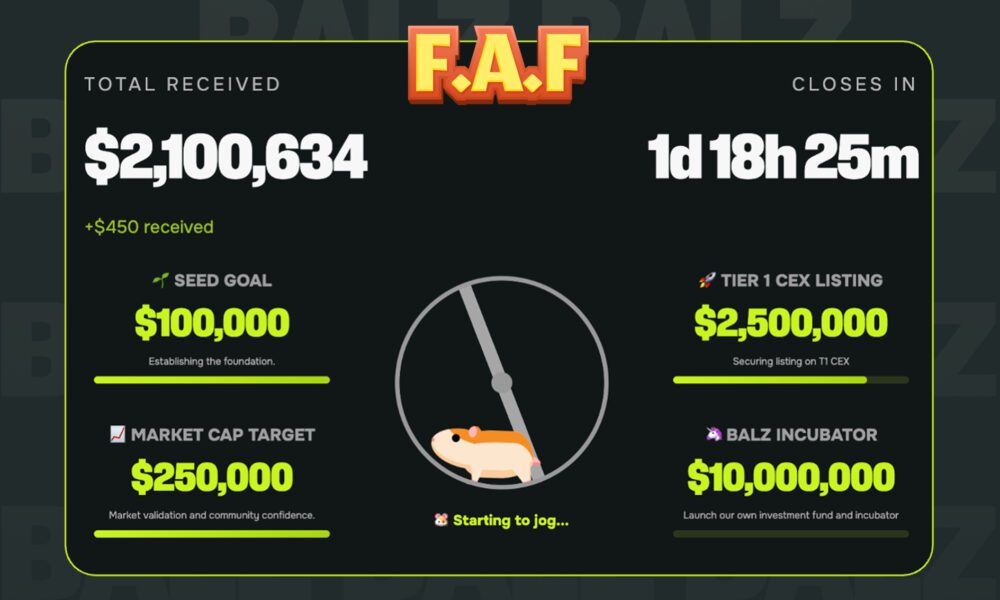Introduction: The Entrepreneur Who Listened Closely to the Mundane
Innovation isn’t always born in a lab. Sometimes, it emerges behind a gas station counter, between invoices, or while manually reconciling bank statements. That’s where Sabeer Nelli, now the CEO of Zil Money, began his journey—not in the flashy world of startups, but in the trenches of daily business operations.
His story isn’t one of sudden brilliance or overnight success. It’s the story of a builder who paid attention to the boring parts—the friction-filled processes, the unnecessary steps, the financial gaps small businesses face every single day. What makes Sabeer stand out in the fintech space isn’t just his success—it’s how he achieved it: by solving the kind of problems most people ignore.
From that focus on the everyday, Sabeer built Zil Money into a platform that serves over a million users and has processed more than $91 billion in transactions. But the heart of the company—and Sabeer’s mission—remains surprisingly simple: make business finance less frustrating, more functional, and surprisingly empowering.
Seeing the Broken Systems Up Close
Before fintech, Sabeer was in fuel retail. As the head of Tyler Petroleum, he didn’t just oversee logistics—he handled payments, reconciliations, and payroll. That hands-on experience exposed him to a core truth: most small business financial systems are a patchwork of outdated tools, clunky interfaces, and error-prone workflows.
Every time he had to print a check, wait for a wire, or manually move money between systems, it wasn’t just time lost. It was peace of mind. And he knew he wasn’t alone. Across industries, small businesses were facing the same inefficiencies—and no one was fixing them in a unified way.
This wasn’t just an annoyance. It was a business risk. And for Sabeer, it was an opportunity.
From Problem to Platform
Zil Money didn’t begin with a massive product launch. It started with a clear question: What would it look like if business payments just worked?
That question led to a practical solution—digital check printing from any device, with no special equipment. Then came same-day ACH transfers, then payroll by credit card, and eventually full-fledged support for wire transfers, eChecks, and international payments. Each step in the roadmap followed the same principle: remove the headache.
Instead of building for investor demos or feature creep, Sabeer built for clarity. Features only launched if they made a daily process faster, cheaper, or more accurate. No fluff. Just better systems.
User-Centric by Default, Not Trend
While many fintech companies adopted “user-centric design” as a buzzword, Sabeer had already lived the user’s pain. He didn’t need a UX consultant to tell him what business owners cared about—he was the customer.
That deep empathy led to practical features that others overlooked. Zil Money’s platform avoids jargon, offers clear instructions, and integrates with the tools businesses already use. Even check templates can be customized with drag-and-drop ease, because Sabeer understood that branding matters to small businesses, too.
Support isn’t just available—it’s proactive. Users can chat with knowledgeable representatives who understand not only the product, but also the context in which it’s being used. Because at Zil Money, “human support” isn’t a perk—it’s table stakes.
Infrastructure That Grows with the User
Sabeer didn’t just build for the first-time entrepreneur. He built for the journey.
A business that starts with check printing can expand to payroll and international payments on the same platform. As complexity increases, Zil Money’s systems scale with it—no re-onboarding, no switching costs, and no service gaps.
This seamless scaling is made possible by Sabeer’s commitment to modular architecture and compliance-first design. Zil Money holds an extensive list of global certifications (SOC 2, PCI DSS, HIPAA, GDPR, ISO standards), allowing it to serve both startups and enterprises with the same high level of trust and performance.
The Power of Building “Boring” Features Beautifully
There’s nothing glamorous about sending a wire or printing a check. But that’s precisely why it matters.
Sabeer built Zil Money to make the boring parts work beautifully. Fast load times. Clear error messages. Instant confirmations. Thoughtful defaults. These little touches create user delight—not because they’re novel, but because they’re right.
While the fintech world often chases the next big thing (blockchain, AI, etc.), Zil Money focuses on executing the essentials with excellence. Because Sabeer knows that when your business is on the line, reliability is innovation.
Lessons for Founders and Operators
Sabeer Nelli’s story offers a quiet but powerful blueprint for aspiring entrepreneurs:
- Solve Real Problems First – Don’t start with technology. Start with pain points. If your solution makes someone’s day easier, you’ll always have a market.
- Scale Through Trust, Not Noise – You don’t need to be the loudest. You need to be the most dependable.
- Own the Details – Infrastructure, compliance, and customer support may not be sexy, but they create loyalty.
- Grow with the User – Build systems that evolve with your customer’s needs. Your lifetime value goes up as their complexity does.
- Never Forget Where You Started – Your early experiences are your competitive edge. Use them.
Conclusion: Innovation Hides in the Ordinary
Sabeer Nelli didn’t set out to disrupt fintech with bold predictions or marketing theatrics. He set out to solve the frustrating, overlooked parts of business finance. And by doing so—patiently, precisely, and with purpose—he created one of the most trusted platforms in the space.
Zil Money is a fintech success story not because it chased innovation, but because it followed insight. It listened where others shouted. It delivered where others delayed. And it built for real people doing real work.
Read More From Techbullion



































